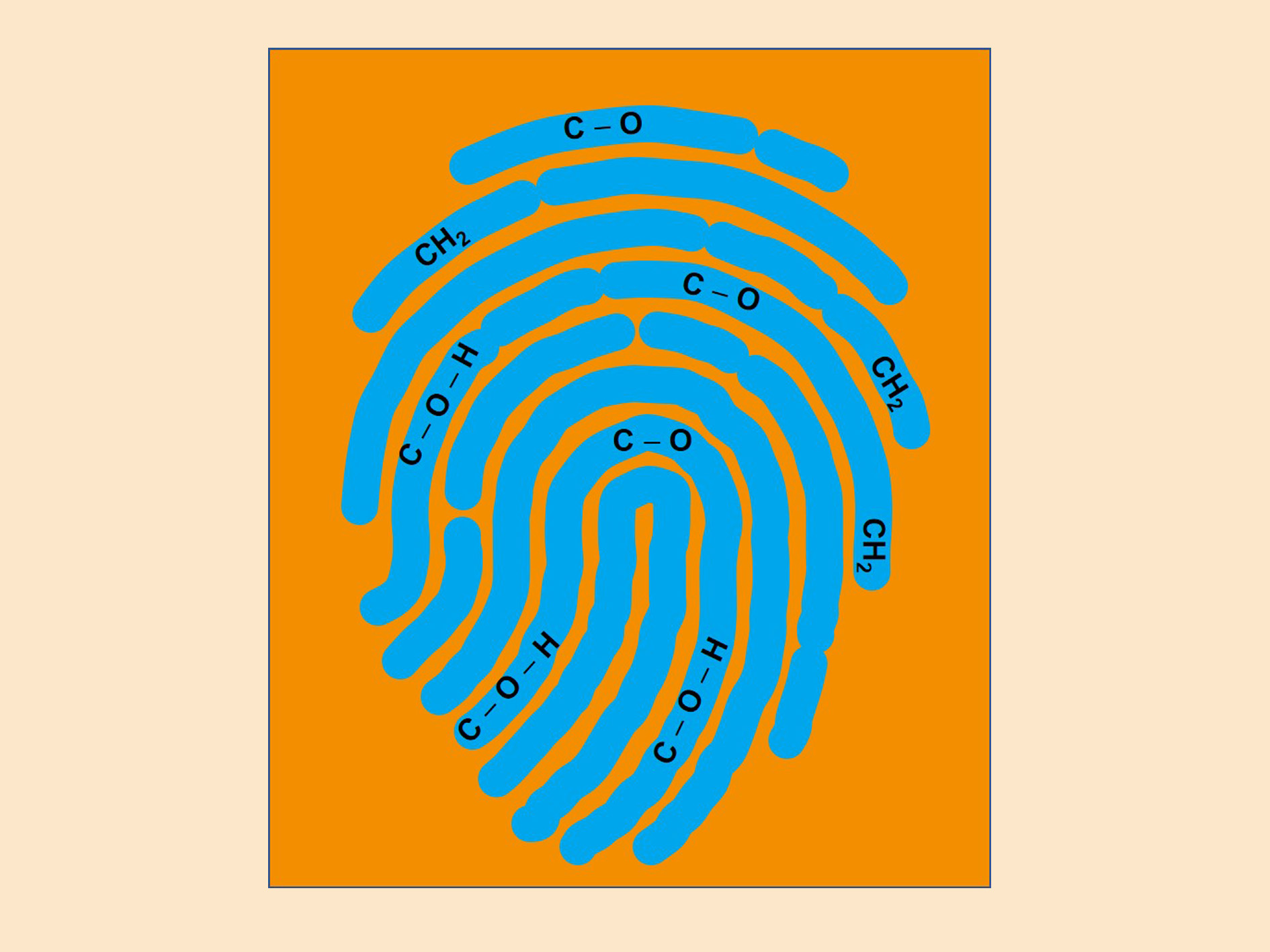Innovations for health: when molecular spectroscopy meets lasers and photonics
A research team at DESY has detected the vibrational fingerprints of glucose in aqueous solution using VSFG spectroscopy. This technology enables highly sensitive, non-invasive analysis of molecular structures and opens up new perspectives in healthcare.
A team led by DESY scientist Tim Laarmann has succeeded in detecting the ‘vibrational fingerprints’ of glucose molecules in aqueous solution using a non-linear optical method in the mid-infrared spectral range, known as ultra-broadband vibrational frequency sum generation (VSFG). At the heart of this study is a state-of-the-art VSFG spectrometer that works effectively at physiologically relevant low sample concentrations in the range of 10 millimolar or about 180 milligrams per decilitre of aqueous glucose solution. The results have just been published in the journal Optics Express.
Non-linear spectroscopy in the mid-infrared is one of several methods that researchers can use to detect molecules. It measures the low-frequency vibrational spectrum of a molecule and thus reveals a characteristic fingerprint of a substance. Researchers have been using VSFG spectroscopy since 1999 to investigate the vibrational properties of glucose in the spectral range from 2800 to 3000 wavenumbers. However, there has not been a single published VSFG study on glucose in the low-frequency range between 1000 and 1200 wavenumbers, although it is very well suited to provide characteristic vibrational fingerprints in an aqueous environment. In particular, the stretching modes of carbon-oxygen bonds in this spectral range are very sensitive to glucose concentration. ‘Our spectrometer has a high detection probability of 900 to 1400 wavenumbers in the fingerprint range, which makes the setup very versatile for biological applications,’ explains Cheng Luo, PhD student in Laarmann's group and first author of the study. In healthcare, for example, the high sensitivity in this broad spectral range is an enormous advantage, as this technology can be used to detect and identify molecules that are involved in many health-related processes.
DESY and Class 5 Photonics, a spin-off of DESY and the Helmholtz Institute Jena founded in 2014, have jointly developed a key component of this technology: a customised OPCPA laser (short for ‘Optical Parametric Chirped Pulse Amplification’) in the mid-infrared spectral range that uses a non-linear LiGaS2 crystal. ‘To achieve this, we investigated different optical crystals and developed a new type of laser architecture called the White Dwarf HE DFG prototype,’ explains Robert Riedel, CEO and co-founder of Class 5 Photonics. The joint research project was funded as part of the ‘PROFI Transfer Plus’ programme of the Hamburg Investment and Development Bank (IFB). The innovative laser system generates broadband pulses centred on 9 micrometres with an impressive pulse duration of just 114 femtoseconds, a high average power of 245 milliwatts and a pulse energy of 1.2 microjoules at a high repetition rate of 200 kilohertz. Such a laser was previously not commercially available.
‘The potential applications of this research go beyond glucose detection,’ says Mahesh Namboodiri, postdoc in Tim Laarmann's research team. Namboodiri is responsible for the further development of VSFG spectroscopy and VSFG microscopy. The researchers are convinced that the ability to detect relevant substances in low concentrations at complex interfaces will open up new avenues in healthcare. ‘A purely optical, minimally invasive and label-free diagnostic tool could represent a significant advance in healthcare diagnostics, as it facilitates access to such specific molecular information in clinical applications,’ explains Laarmann, who is also involved in the research of the “CUI: Advanced Imaging of Matter” cluster at Universität Hamburg's Cluster of Excellence. Understanding the molecular mechanisms at interfaces, for example in the formation of bacterial biofilms, could lead to better infection control strategies,’ emphasises Namboodiri. He has successfully applied for funding from the DESY Generator Programme (DGP) to bring the concept and application of the technology to market maturity.
Original publication
C. Luo, M. Namboodiri, M. Schulz, R. Riedel, M. Prandolini, and T. Laarmann, Spectral fingerprinting of aqueous glucose with ultra-broadband vibrational sum-frequency generation spectroscopy at bio-relevant low concentration, Optics Express (2025), DOI: 10.1364/OE.544862
published
- 2025/02/13
Press Contact
- innovation@desy.de


